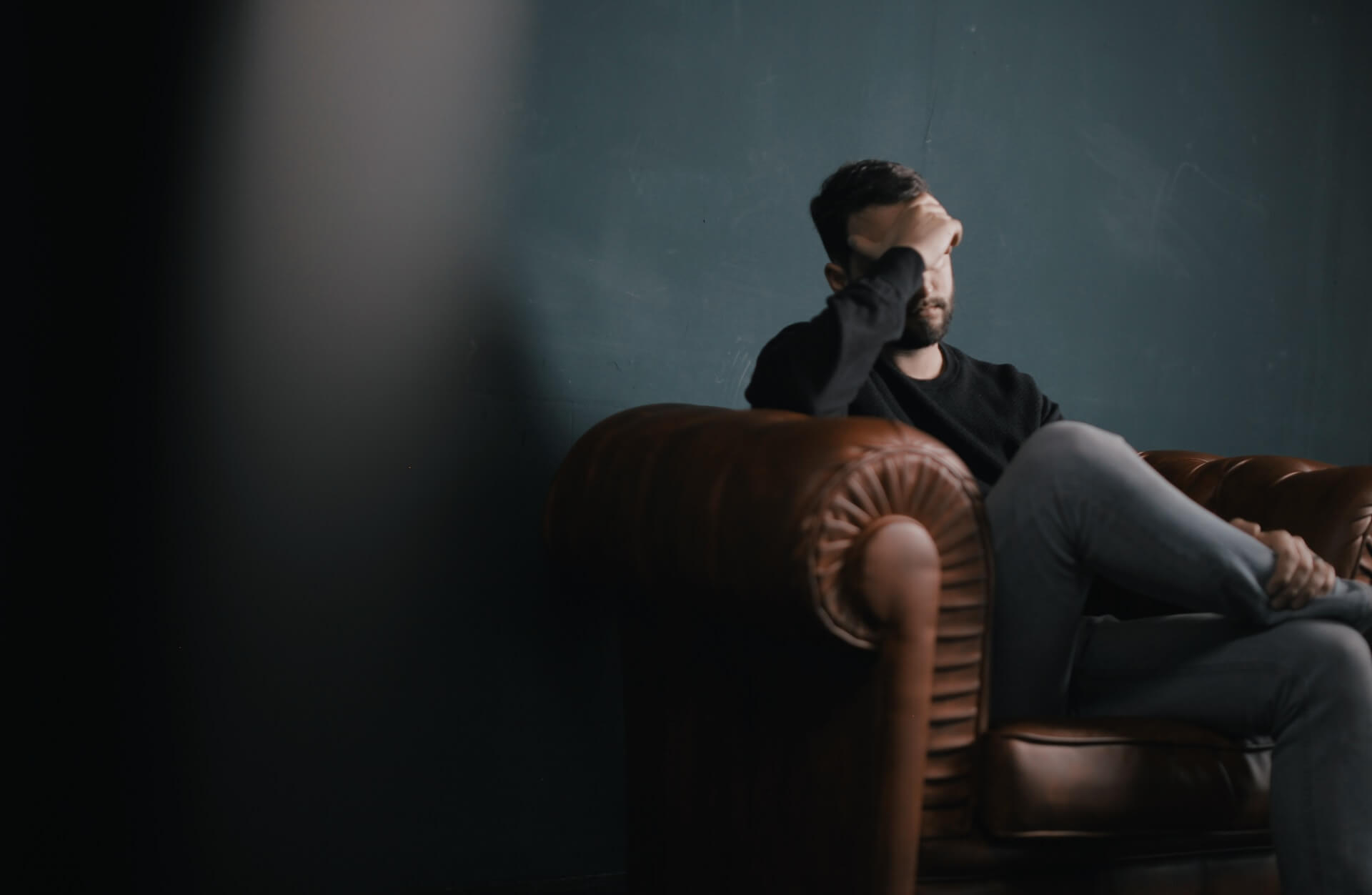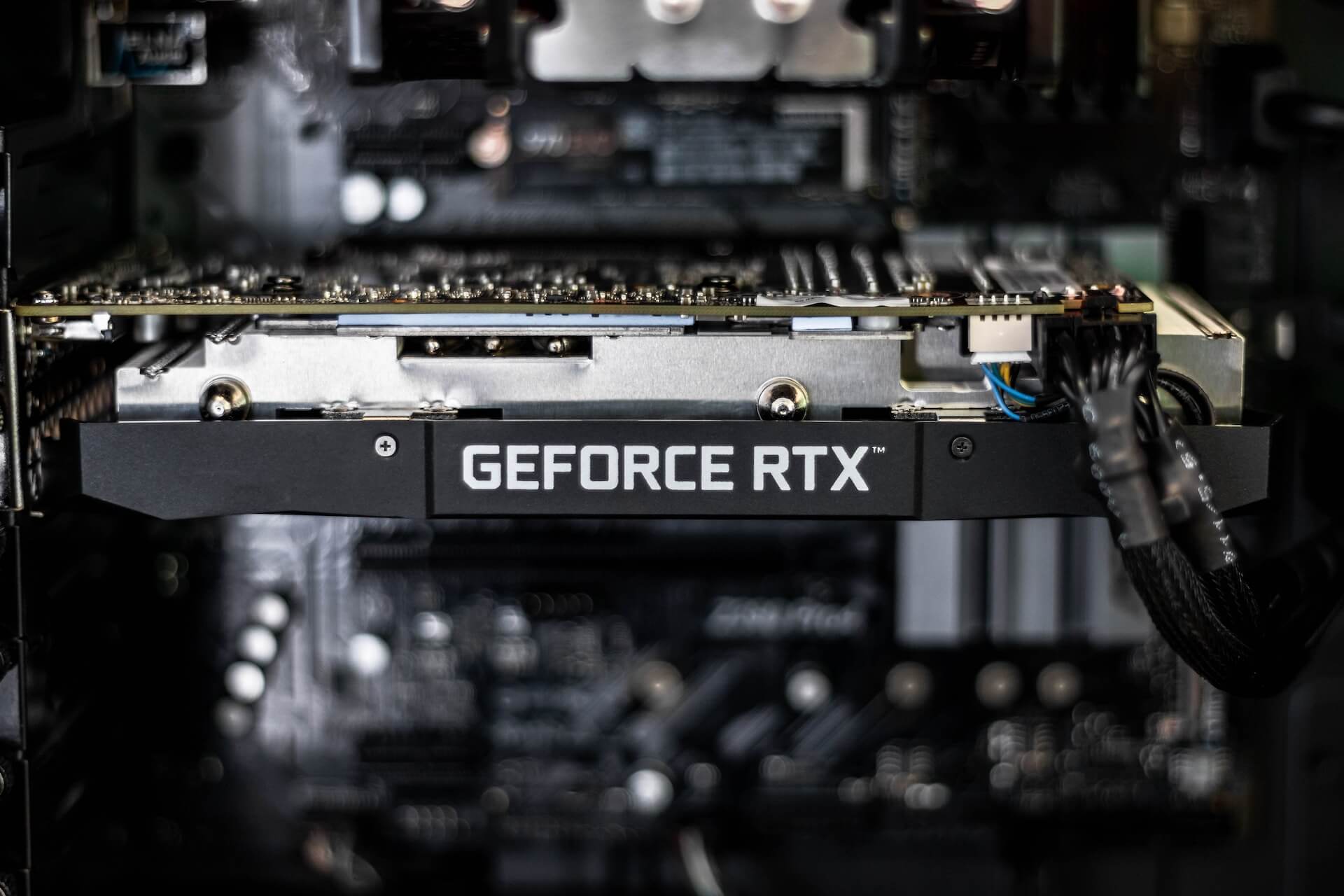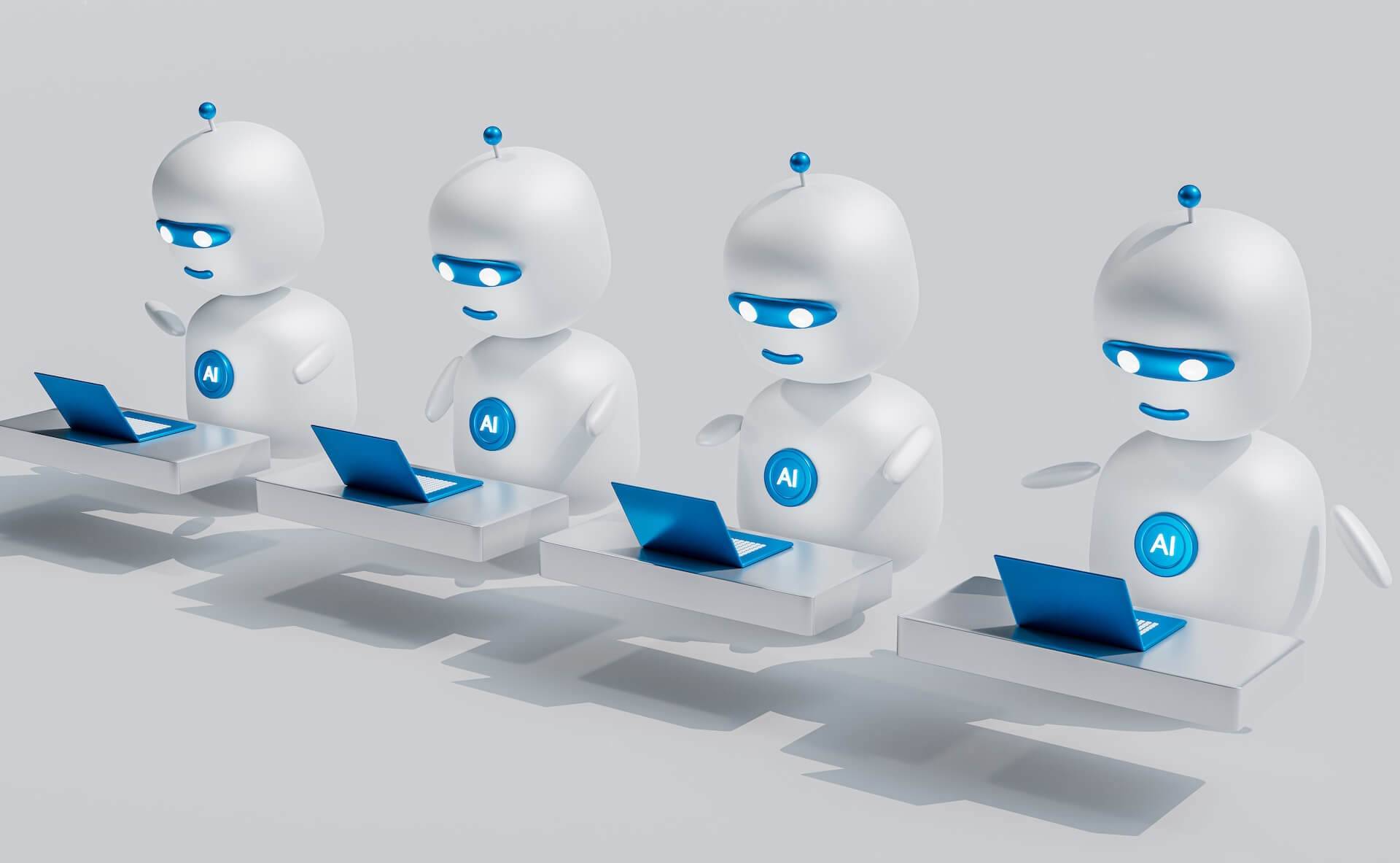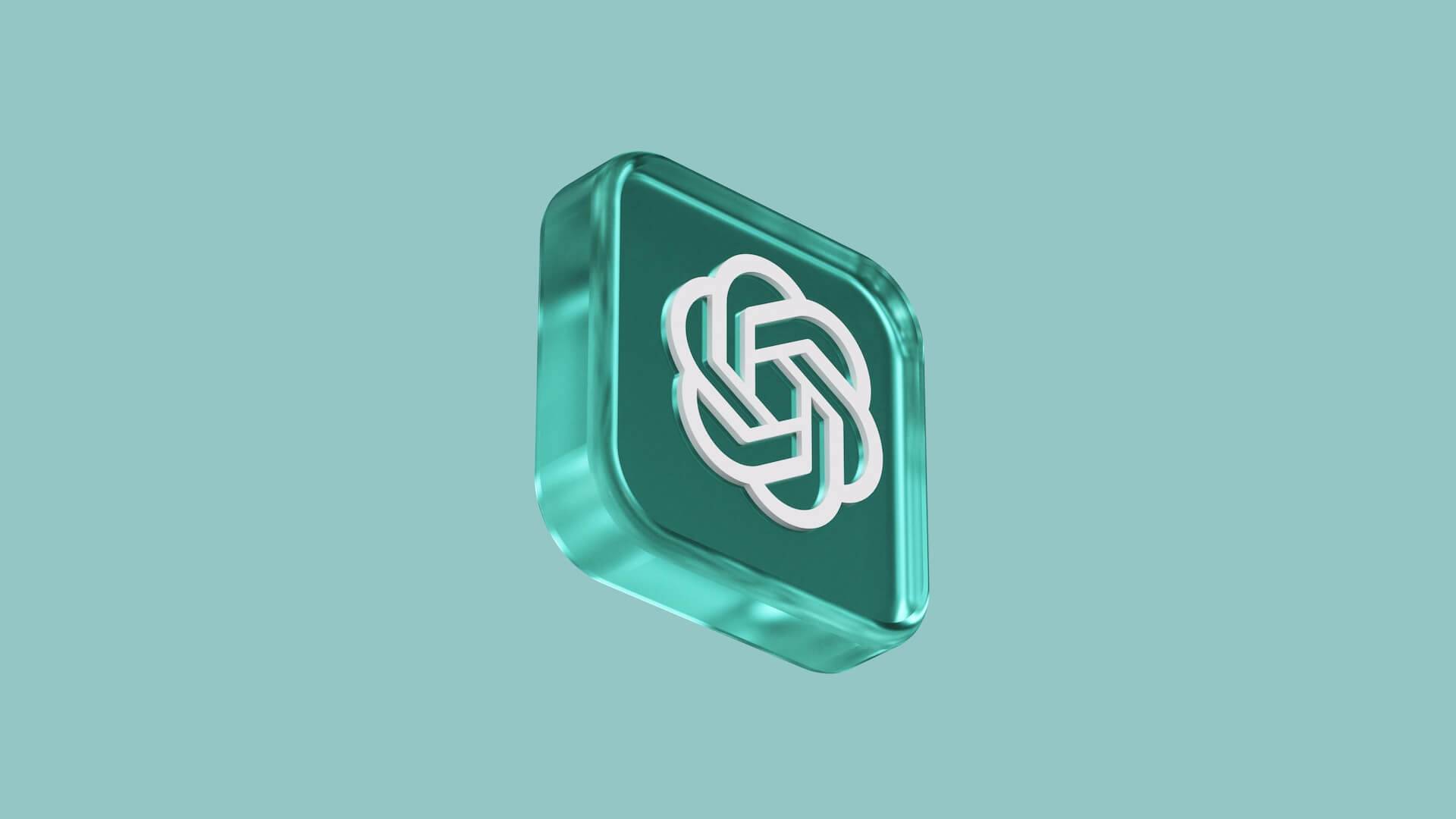US Court’s Verdict: AI-Generated Art and Copyright Protection
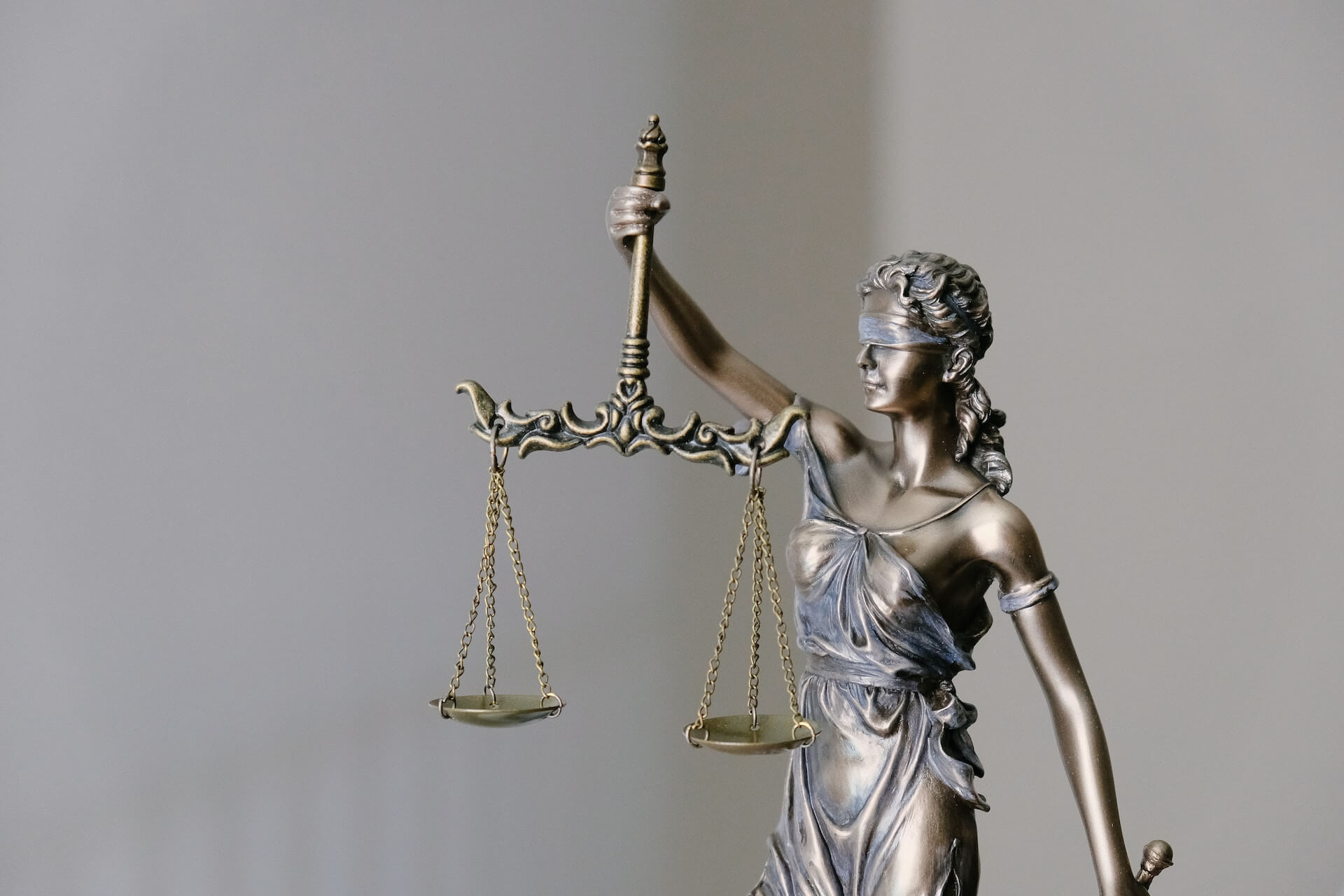
Background: Navigating AI-Generated Art
AI-generated art, born from the prowess of artificial intelligence, has gained attention for its uncanny ability to create images akin to those crafted by human hands. Yet, a question looms: does AI-generated art qualify for copyright protection, a legal safeguard bestowed upon creators?
Unveiling AI-Generated Art
AI-generated art emerges from machine learning, as AI systems learn to generate new images based on a dataset of existing images. Often remarkably realistic, this art form blurs the lines between human-made and AI-created creations.
Copyright Protection: Shielding Creative Works
Copyright protection grants creators exclusive rights to their original works, safeguarding against unauthorized copying or usage. For artists, this protection is crucial in guarding their creations from misuse.
The Legal Enigma of AI-Generated Art
The legal standing of AI-generated art remains a puzzle. The United States Copyright Office has yet to establish definitive guidelines on whether AI-generated art qualifies for copyright. However, a recent ruling by a US court has cast a shadow on the prospect of AI-generated art receiving copyright protection.
The Verdict: A Case of AI’s Artistry
The court’s ruling emanated from a lawsuit filed by Stephen Thaler, who designed an AI system named DABUS. Thaler posited that DABUS should be deemed the creator of the generated art and consequently entitled to copyright protection. However, the court diverged from this stance, asserting that DABUS lacks the classification of a “human author” as outlined by copyright law.
Decoding the Ruling
The court’s decision hinges on a few key notions:
- Copyright law centers on safeguarding human creative expression.
- AI systems lack the capacity for autonomous creative expression.
- AI-generated art is an outcome of programmed computation.
Repercussions: A Ripple Effect
The verdict holds ramifications for both AI-generated art creators and businesses employing such art. Creators hoping to shield their AI-generated creations from unauthorized use face a setback. Furthermore, businesses might now feel emboldened to utilize AI-generated art without seeking copyright clearance.
Echoes in Copyright Law
Beyond AI-generated art, the ruling casts shadows on copyright law itself. It might pose challenges for creators of various works, including computer programs, to uphold their copyright rights against infringement.
The Path Forward for AI-Generated Art
The road ahead for AI-generated art is marked with uncertainty. While the ruling clouds prospects for securing copyright protection, creators possess avenues to safeguard their work. Registration with the Copyright Office or utilization of Creative Commons licenses remains potential strategies.
The Evolving Landscape: AI, Art, and the Law
As AI technology marches forward, the legal landscape may shift. Future revisions in the legal status of AI-generated art are possible, underscoring the importance for creators to stay informed about legal developments.
In a realm where machines echo human creativity, the intersection of AI, art, and the law remains a dynamic narrative, waiting to be scripted by future advancements and legal deliberations.
